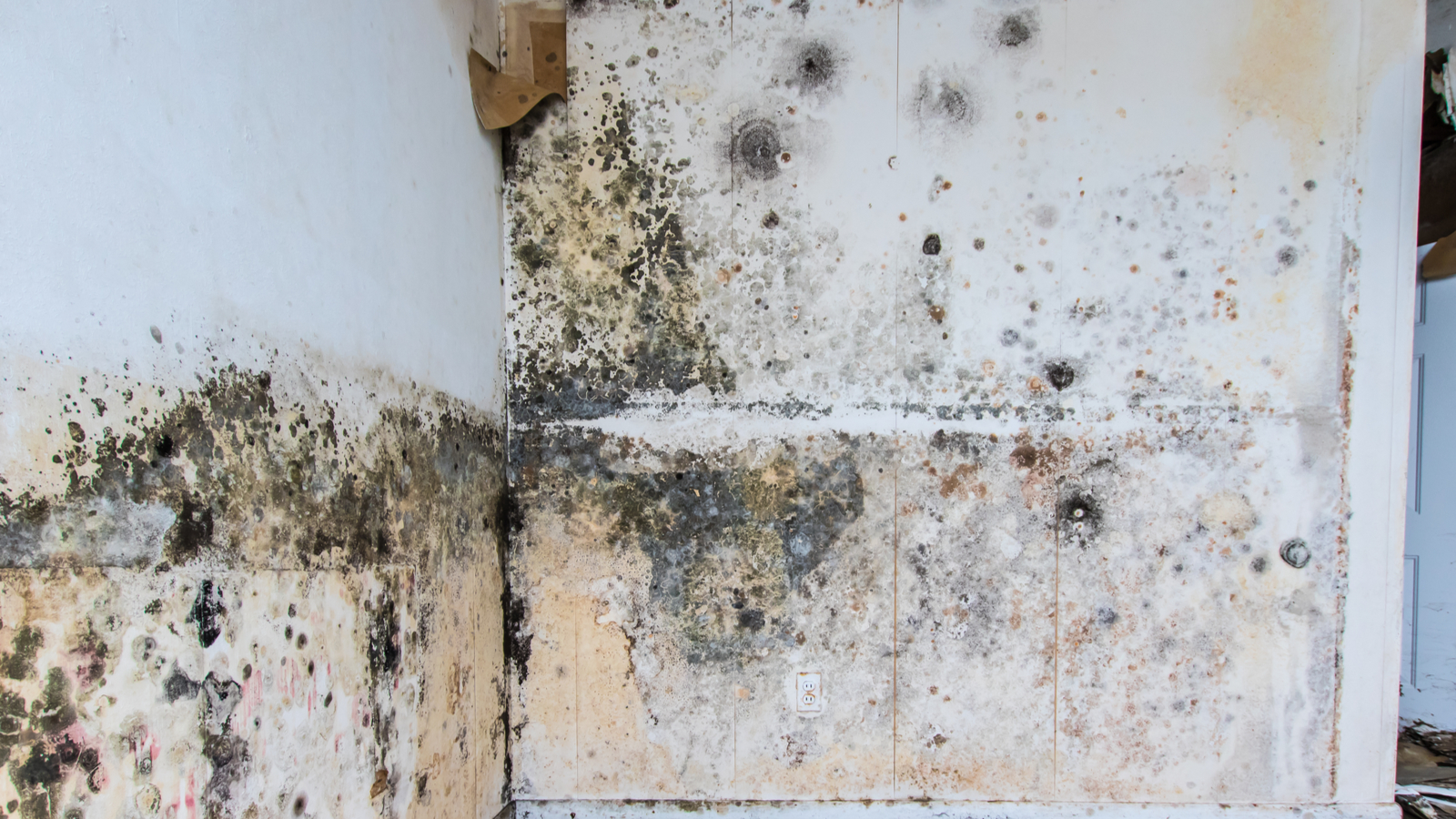Mold is more than just an unsightly nuisance; it poses significant health risks that can affect anyone living in a contaminated environment. For those with respiratory issues, allergies, or compromised immune systems, exposure to mold can lead to serious health complications. This makes early identification of mold growth crucial to mitigating health threats and preventing property damage.
Understanding Mold Growth
Mold thrives in specific conditions that promote its growth, primarily requiring moisture, humidity, and organic materials to flourish. This makes your home—especially its hidden corners—a perfect breeding ground. Common types of indoor mold include Aspergillus, Cladosporium, and Stachybotrys, often referred to as “black mold.” Identifying the conditions that favor mold proliferation is vital for prevention and eradication.
Physical Signs of Mold Growth
Visible Mold Spots
One of the most evident signs of mold growth is the appearance of visible mold spots. These can manifest as:
- Color Variations: Mold can appear in various colors—including black, green, white, and even orange or pink.
- Texture: Mold often has a fuzzy or slimy appearance.
- Locations: Check hidden areas like behind furniture, inside closets, or around plumbing fixtures.
Water Damage Indicators
Water damage can often precede mold growth. Signs to look for include:
- Stains or Discoloration: Yellow or brown spots on walls or ceilings can indicate previous water leaks that may have allowed mold to take hold.
- Bubbling, Peeling, or Cracking: These may signal moisture build-up, creating an inviting environment for mold.
Musty Odors
If you detect unpleasant smells, particularly musty or earthy odors, it could be a telltale sign of hidden mold growth. This smell often indicates ongoing moisture issues or mold concentrations, warranting immediate investigation.
Subtle Indicators of Mold Growth
Increased Allergy Symptoms
Residents experiencing heightened allergy symptoms, such as sneezing, coughing, and itchy eyes, should be vigilant for mold. If these symptoms arise or worsen in specific areas of the home, mold might be the root cause.
Unexpected Respiratory Issues
If persistent coughing, asthma attacks, or other breathing problems are observed, particularly in certain rooms, it may be attributed to mold exposure. Individuals should not dismiss these signs, especially if they improve upon leaving the premises.
Areas Most Susceptible to Mold Growth
Certain areas in your home are more prone to mold due to humidity and moisture. Be vigilant in checking these locations:
- Bathrooms: Inspect around tubs, sinks, and toilets, as these areas often remain moist.
- Basements and Crawl Spaces: These areas typically have higher humidity levels and poor ventilation, making them prime locations for mold growth.
- Kitchens: Check under sinks or around appliances that may experience leaks, as water accumulation can foster mold.
Investigating Hidden Mold
Mold often lurks in hidden spaces, making thorough investigation essential. Here are some tips for searching less visible areas:
- Behind Walls: Use a moisture meter to assess drywall and other enclosures that may harbor mold.
- Under Flooring: Lift sections of flooring if possible to investigate underneath.
- Inside HVAC Systems: These systems can spread mold spores throughout your home if contamination occurs.
Watch for warning signs during your search, such as discolored walls, moisture, or lingering unpleasant odors.
Importance of Regular Home Inspections
Routine checks for moisture and mold are vital to prevent significant outbreaks.
Suggested Frequency and Focus
- Inspections every 6-12 months are advisable, focusing on areas prone to moisture accumulation.
- Look for signs of water leaks, condensation, and temperature variance in structures, which can all hint at undetected mold.
What to Do if You Find Mold
Initial Steps
If mold is discovered, it is essential to safely assess the situation while protecting yourself:
- Wear protective gear, including gloves and a mask, to avoid exposure.
- Use a solution of water and mild detergent to clean small areas of mold; however, be cautious and aware of potential spores dispersing.
When to Call a Professional
Certain factors may warrant seeking help from mold remediation specialists, including:
- Extensive Mold Growth: If the mold covers larger areas (generally, more than 10 square feet).
- Health Issues: If anyone in the home has health conditions that could worsen with mold exposure.
- Persistent Mold Smell: If mold is suspected yet cannot be located, experts can conduct thorough inspections and testing.


